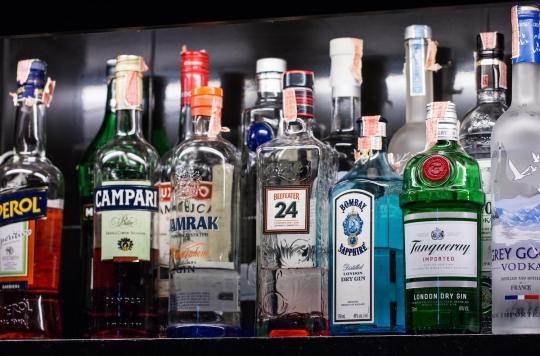Health and provenance labels
When you walk into the store, you are overwhelmed with labels on the packaging of food and drinks. Typical case of not being able to see the forest for the trees. Because what does such a quality mark actually say? Below is some order in the chaos.
The first important distinction between all labels that you encounter on a daily basis is that between the labels that say something about how healthy a product is and the labels that say something about how a product is made. So there are health labels and labels of origin.
Health labels
There are a number of smaller labels on the products that say something about their health. For example, the Happy Tooth quality mark. You can find it on products that are good for the teeth, often sugar-free products. But the best-known health labels are probably Ik Kies Bewust and the Healthy Choice Clover.
I Consciously Choose
The Ik Kies Bewust logo can be found on many products, from different brands and in different supermarkets. If you see this logo on a product, it means that the product is healthier than comparable products. For example, if it’s on a bag of chips, it means that bag of chips is healthier than other bags of chips.
So it doesn’t necessarily mean that a bag of chips is healthy in itself. How do they see whether a product is healthier than a comparable product? It looks at the amount of sugar, salt, trans fat and saturated fat (all substances that you should consume as little as possible).
Healthy Choice Clover
The Healthy Choice Clover is on products with almost the same properties: less sugar, less salt, less saturated fat, but also: more fibre.
The big difference is that the Healthy Choice Clover is only available on Albert Heijn’s private label products. So you can really only say that products from the Albert Heijn own brand with a clover are a healthier choice than comparable products from the Albert Heijn own brand without a clover.Hallmarks of Origin
There are many more quality marks that say something about how a product is made. There are some that say something about whether a product is made according to certain religious regulations, such as halal or kosher.
The vast majority say something about the sustainability of the product, ie whether it is made with respect for animals, people or the environment.
animal welfare
You can tell whether an animal has been treated in an animal-friendly manner by the packaging of the meat and not by the meat itself. You can see labels or logos (unofficial labels) on the packaging that say something about the conditions under which the animal has lived (such as outdoor space, daylight, size of the stable). Examples of these quality marks/logos: PROduCERT, Label Rouge, Graskeur, EKO and Demeter.
Fair trade
There are also labels that show whether farmers have received a fair price for their products and whether employees have not been exploited.
The Max Havelaar quality mark is a well-known example of such a quality mark. You can also come across UTZ CERTIFIED and Rainforest Alliance, so you have the guarantee that the working conditions of the employees have been taken into account.
Environment
There are all kinds of legal requirements that a producer must meet. But sometimes manufacturers go beyond those requirements and make more environmentally conscious products. You can recognize them by the EKO quality mark, the Milieukeur and the Marine Stewardship Council quality mark (on fish).
A problem with seeing such a quality mark is that you do not know how good the control is by the organization that issues the quality mark. Reliability is very high with some quality marks, with others less so.
Of course you can find enough information about the inspection on the websites of the relevant quality marks. You will also find neutral information about this on more general sites, such as that of the Nutrition Center. If you want to know more: so find out!

















